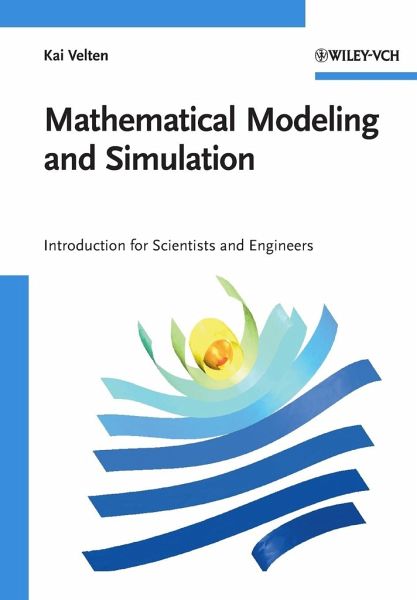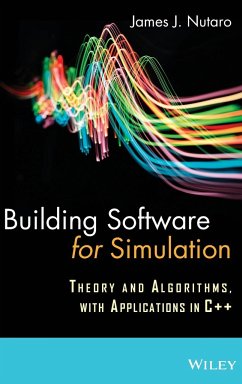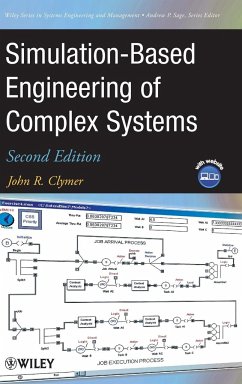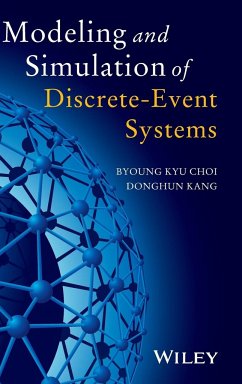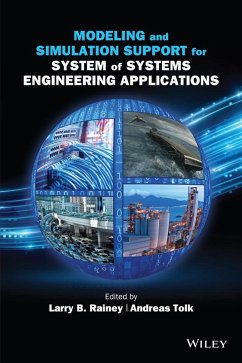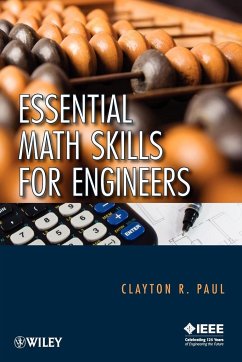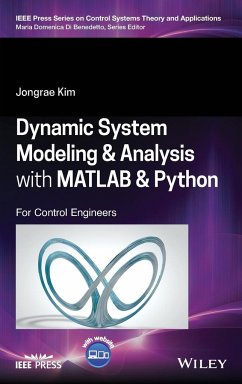"Very solid introductory text at the undergraduate level aimed at wide audience. Perfectly fits introductory modeling courses at colleges and universities that prefer to use open-source software rather than commercial one, and is an enjoyable reading in the first place. Highly recommended both as a main text and a supplementary one. (...) This delightful book has two unbeatable features that should absolutely win the audience (...) First of all, it illuminates many important conceptual ideas of mathematical modelling (...) Second, (...) this book enthusiastically promotes open-source software that works on most computers and operating systems and is freely available on the web. (...) Professor Velten suggests an elegant approach to
mathematical modeling, carefully going through all important steps from identification of a problem, definition of the associated system under study and analysis of the system's properties to design of a mathematical model for the system, its numerical simulation and validation."
(Yuri V. Rogovchenko, Zentralblatt MATH, European Mathematical Society)
"The book is certainly a reference for those, beginners or professional, who search for a complete and easy to follow step-by-step guide in the amazing world of modeling and simulation (...) it is shown that mathematical models and simulation, if adequately used, help to reduce experimental costs by a better exploration of the information content of experimental data (...) it is explained how to analyze a real problem arising from science or engineering and how to best describe it through a mathematical model. A number of examples help the reader to follow step by step the basics of modelling."
(Marcello Vasta, Meccanica: International Journal of Theoretical and Applied Mechanics, Vol. 44(3), 2009)
"The broad subject area covered in this book reflects the background of the author, an experienced mathematical consultant and academic (...) This book differs from almost all other available modeling books in that the author addresses both mechanistic and statistical models as well as "hybrid" models. Since many problems coming out of industrial and medical applications in recent years require hybrid models, this text is timely. The modeling range is enormous (...) In this single chapter ("Phenomenological Models") he manages to cover almost all the material one would expect to find in an undergraduate statistics program. (...) Parameter sensitivity and overfitting problems are discussed in a very simple context - very nice! (...) The author points out that, by translating a real-world problem into a mathematical form, one brings to bear on that problem the vast knowledge and powerful and free software tools available within the "mathematical universe", and his aim is to enable the reader to source this information. (...) I believe the author has succeeded in providing access to the available tools and an understanding of how to go about using these tools to solve real-world problems."
Neville Fowkes (University of Western Australia) in: SIAM Rev. 53(2), 2011, pp. 387-388 (Society of Industrial and Applied Mathematics, Philadelphia, USA)
